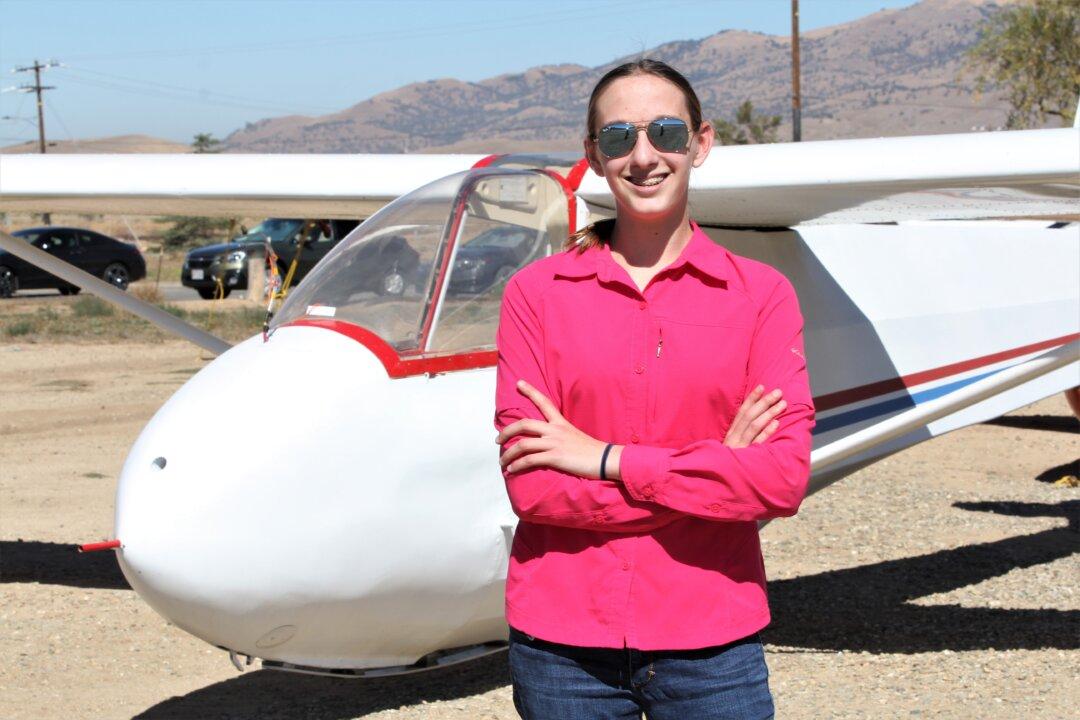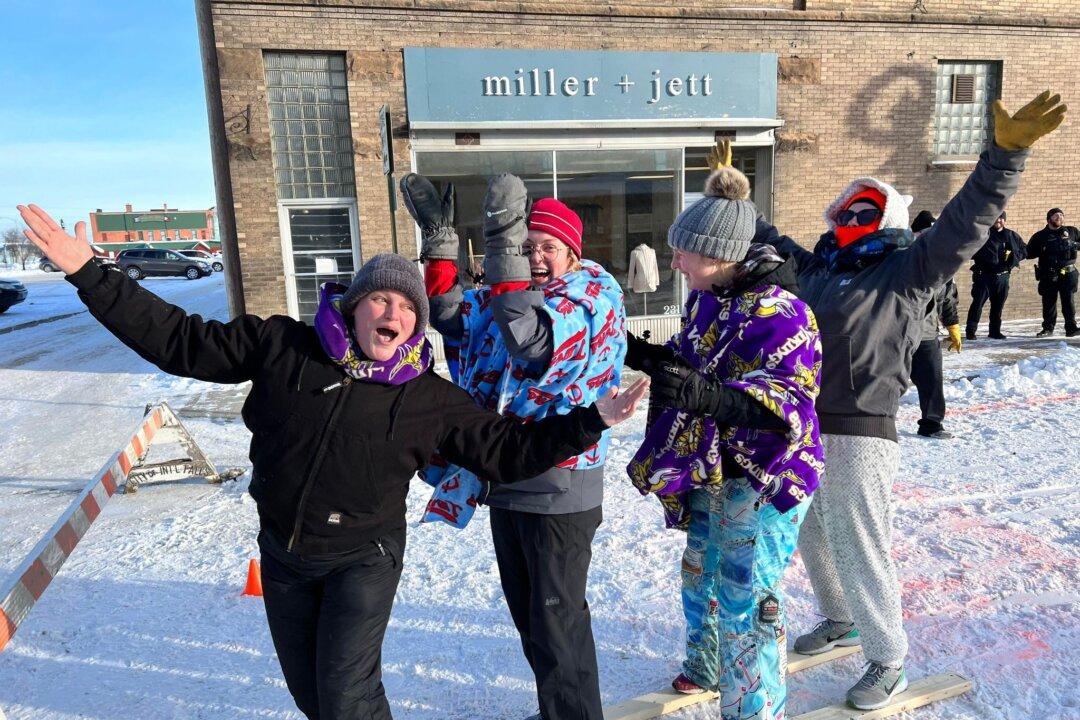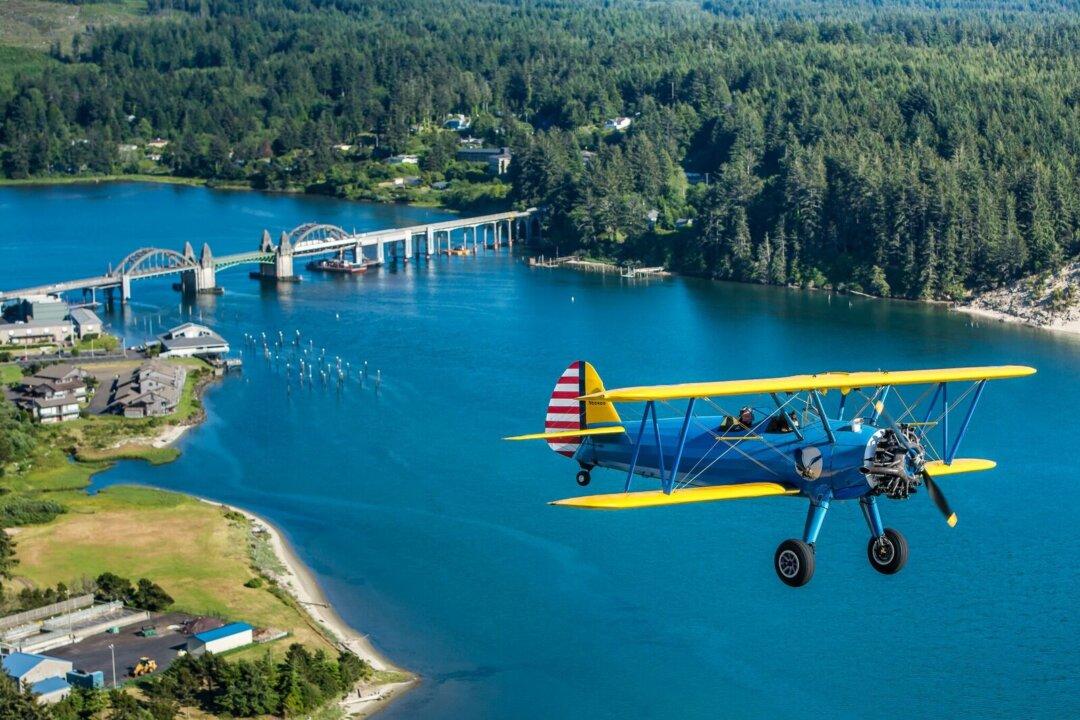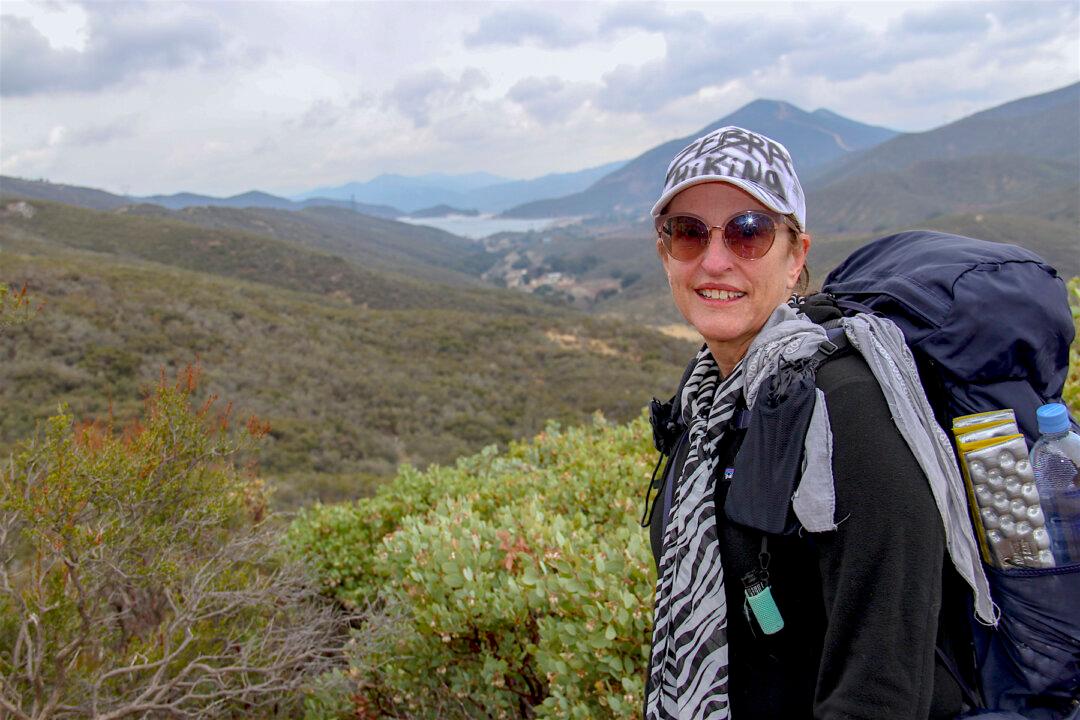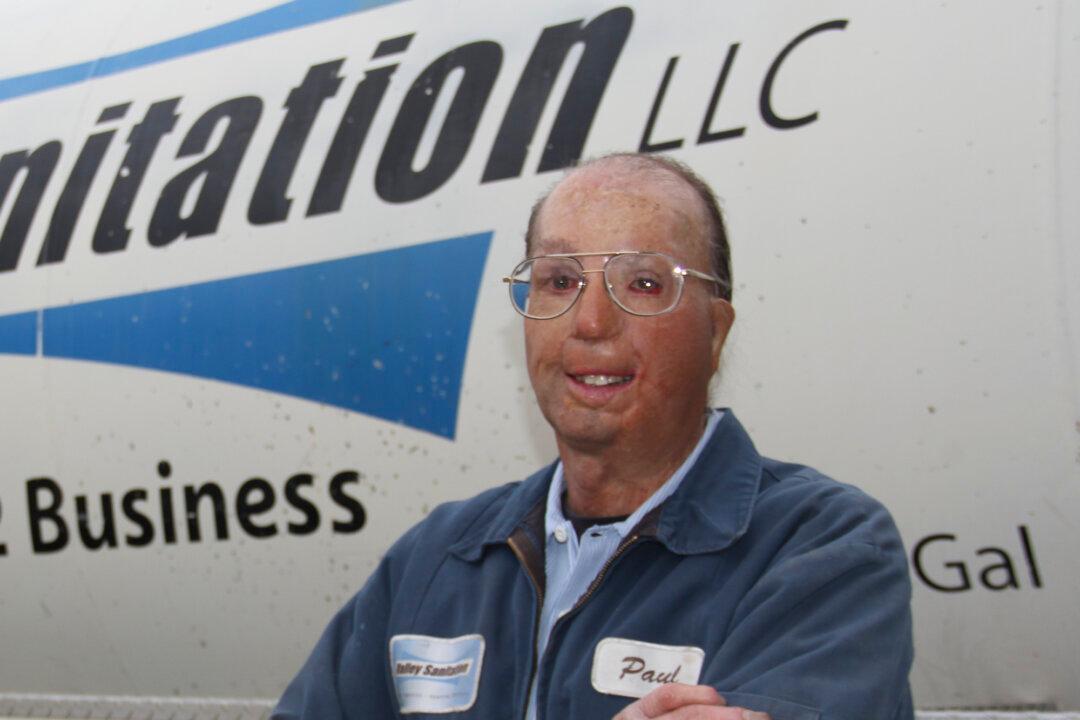Grace Stumpf, 14, has always been infatuated with the sky. Some of her favorite childhood memories were making paper airplanes with her dad and studying which designs flew best. Through those activities, she first learned about the four forces of flight (lift, thrust, drag, and weight) and gained a basic understanding of how wings and the wind work together. So when she found out that her science experiment proposal was selected in the iLEAD CA DreamUp to Space Design Challenge and that she would witness it blast into outer space on a SpaceX mission to the International Space Station (ISS), you could say she was over the moon.
“I was so excited I couldn’t believe it. There was this huge, amazing opportunity and blessing in front of me. I was definitely a little intimidated at first,” Stumpf said. She received the email while in math class and had to explain to her teacher why she was jumping up and down. “I am so thankful for this opportunity, it has completely changed my life!”

